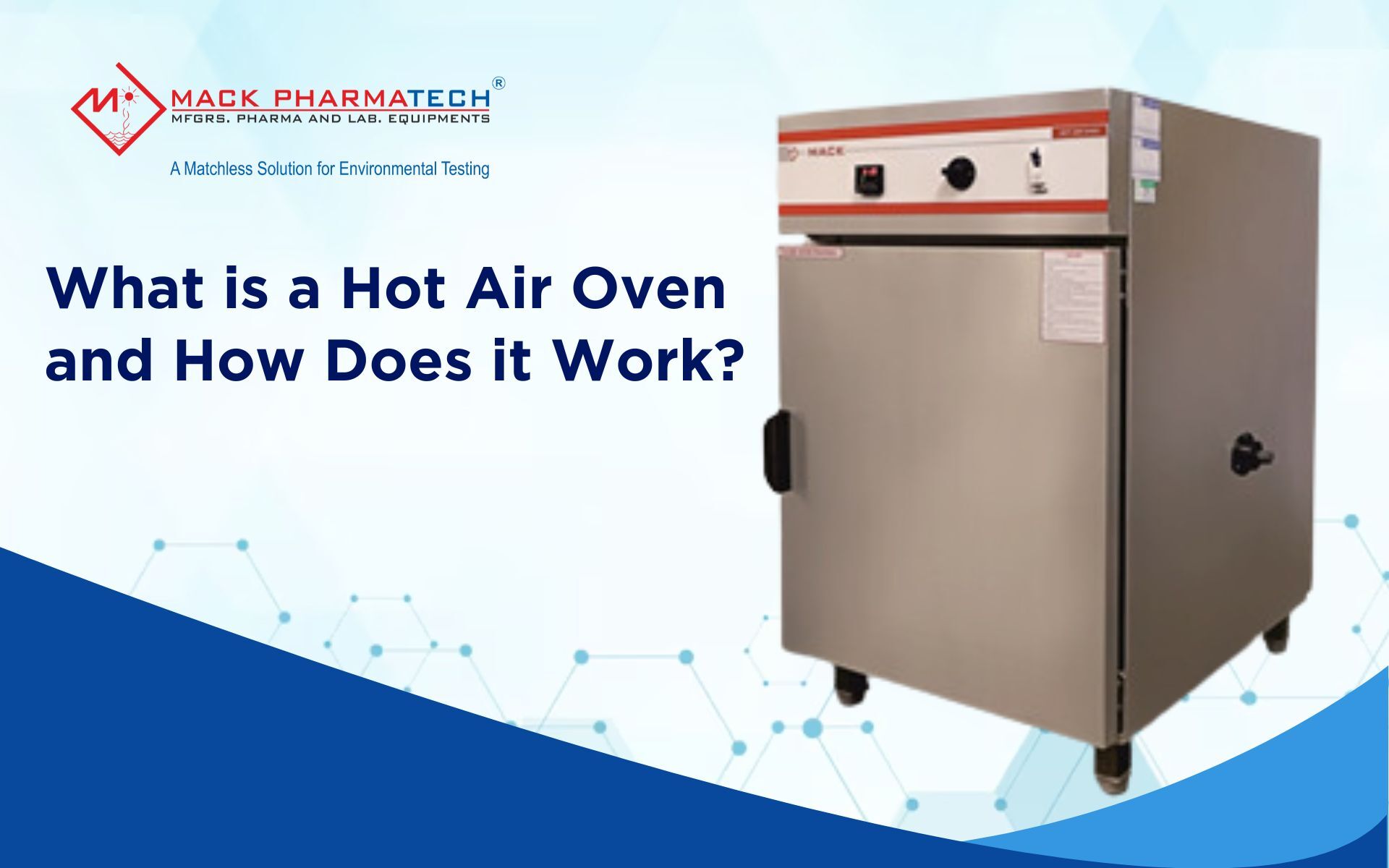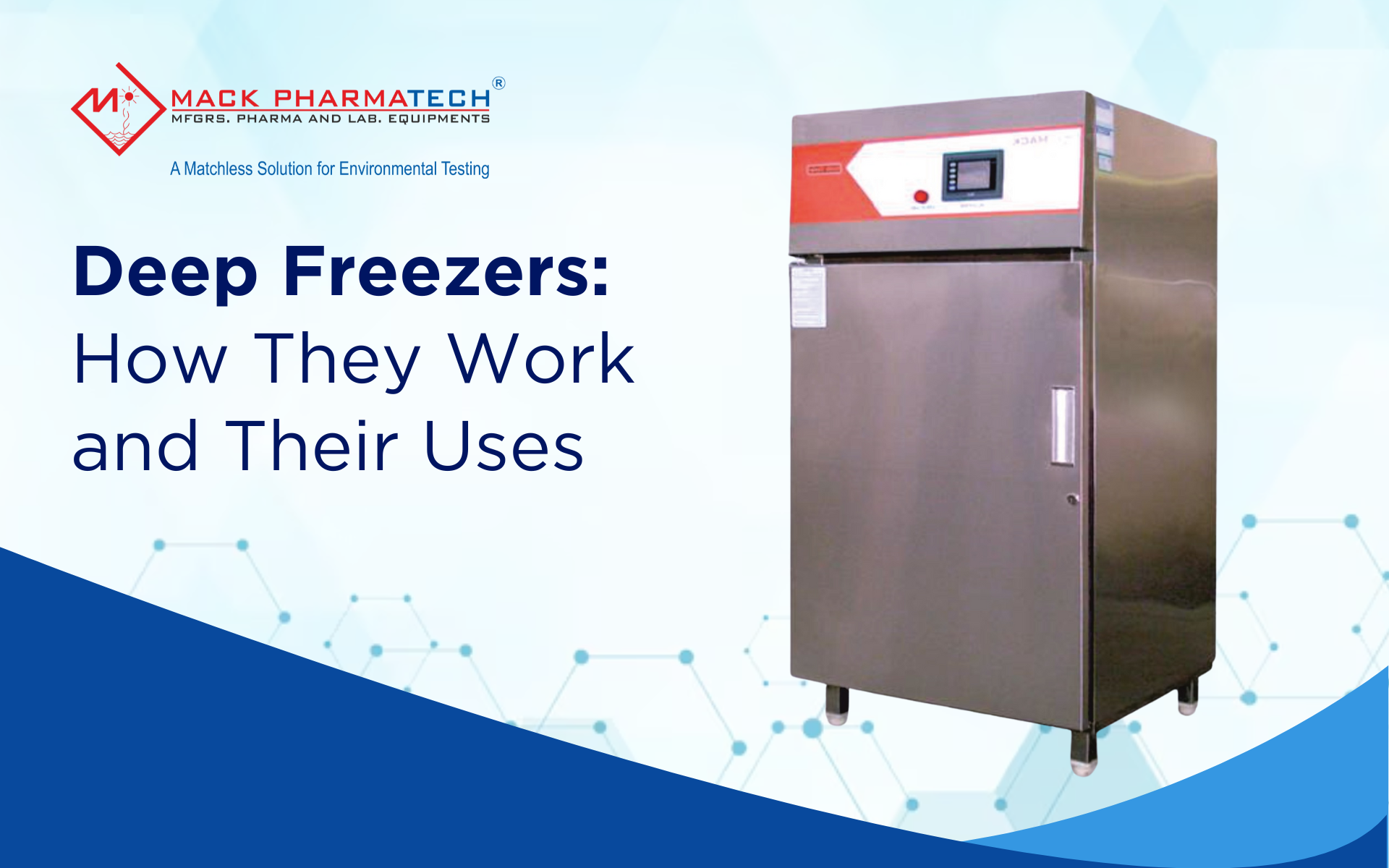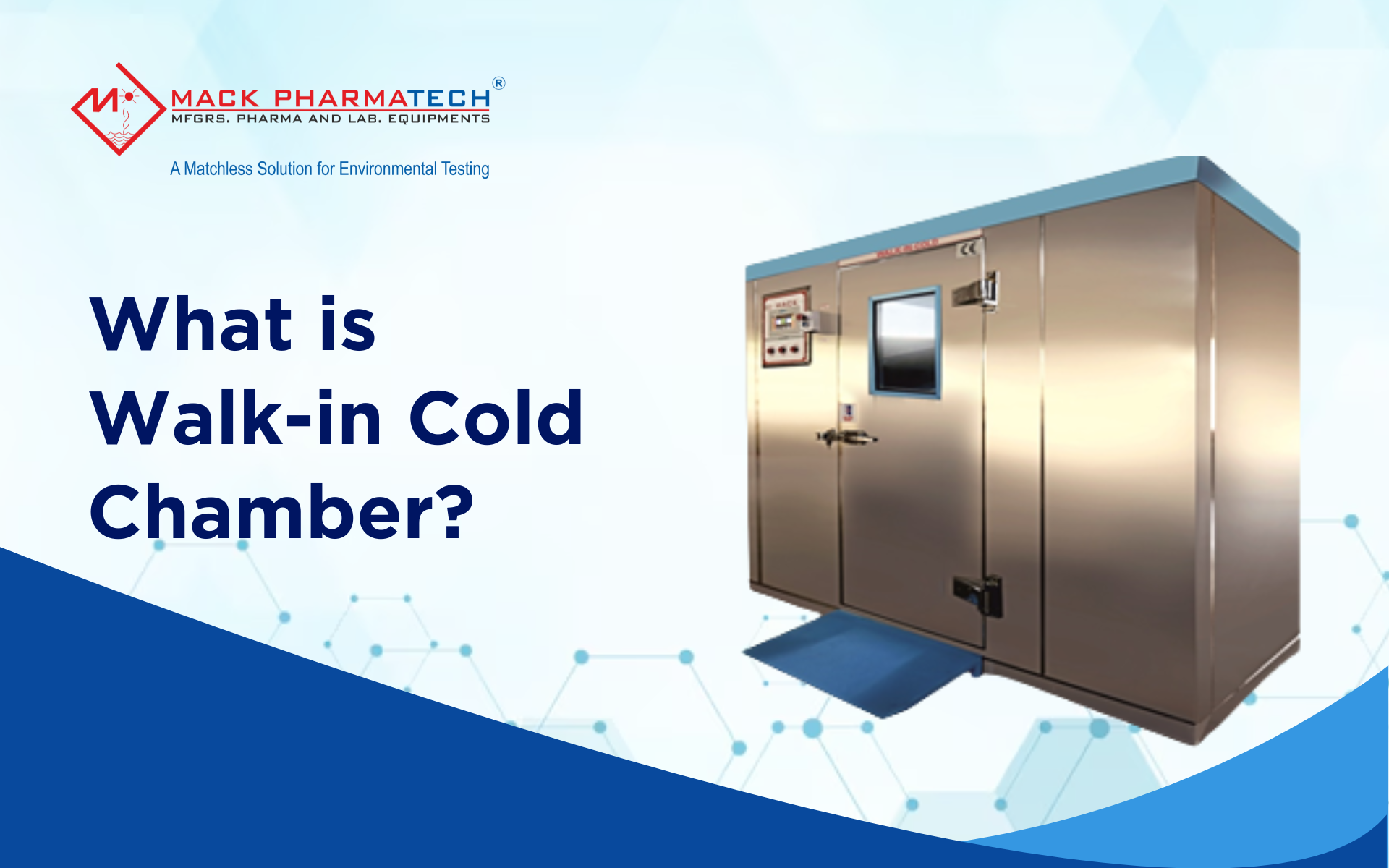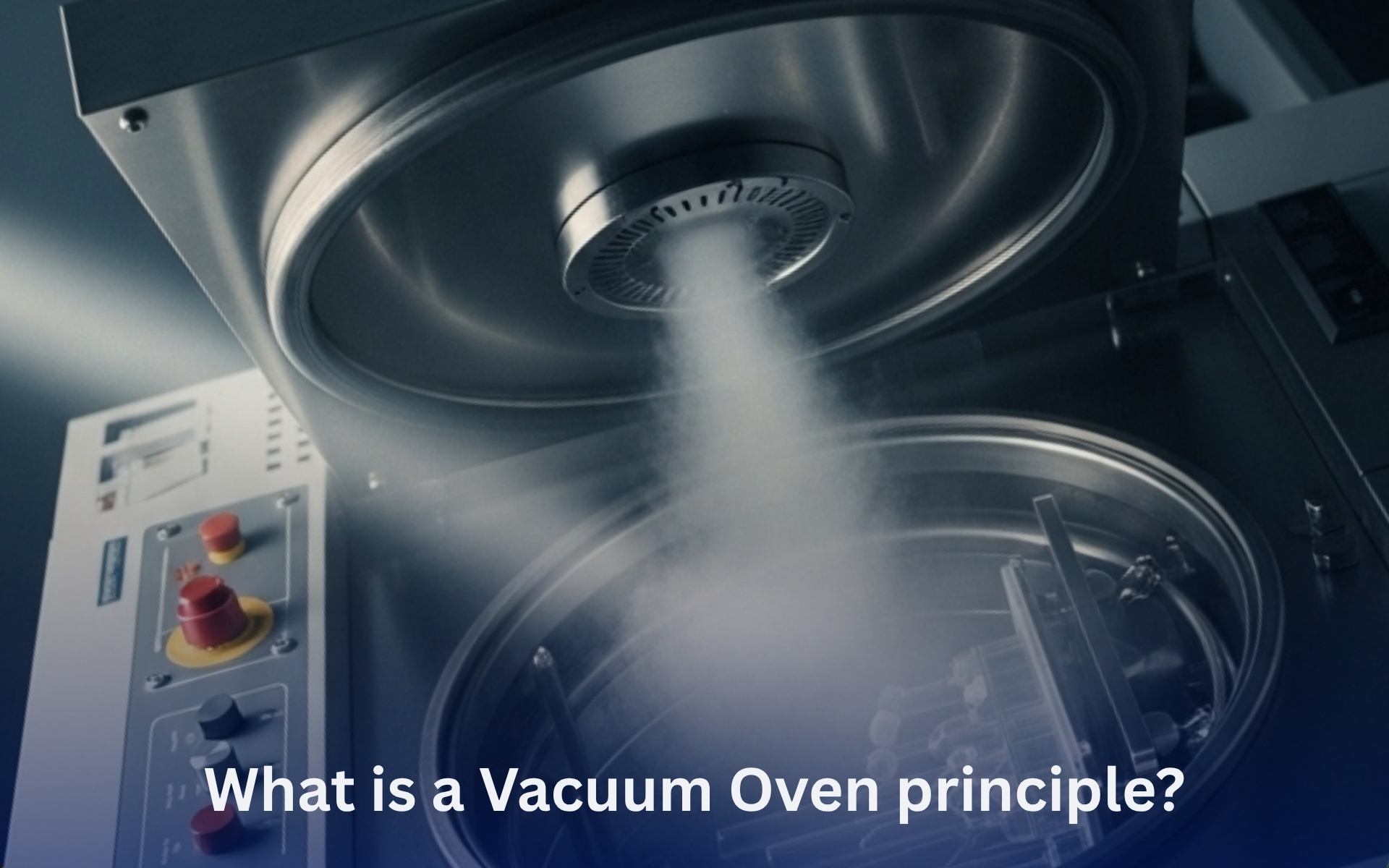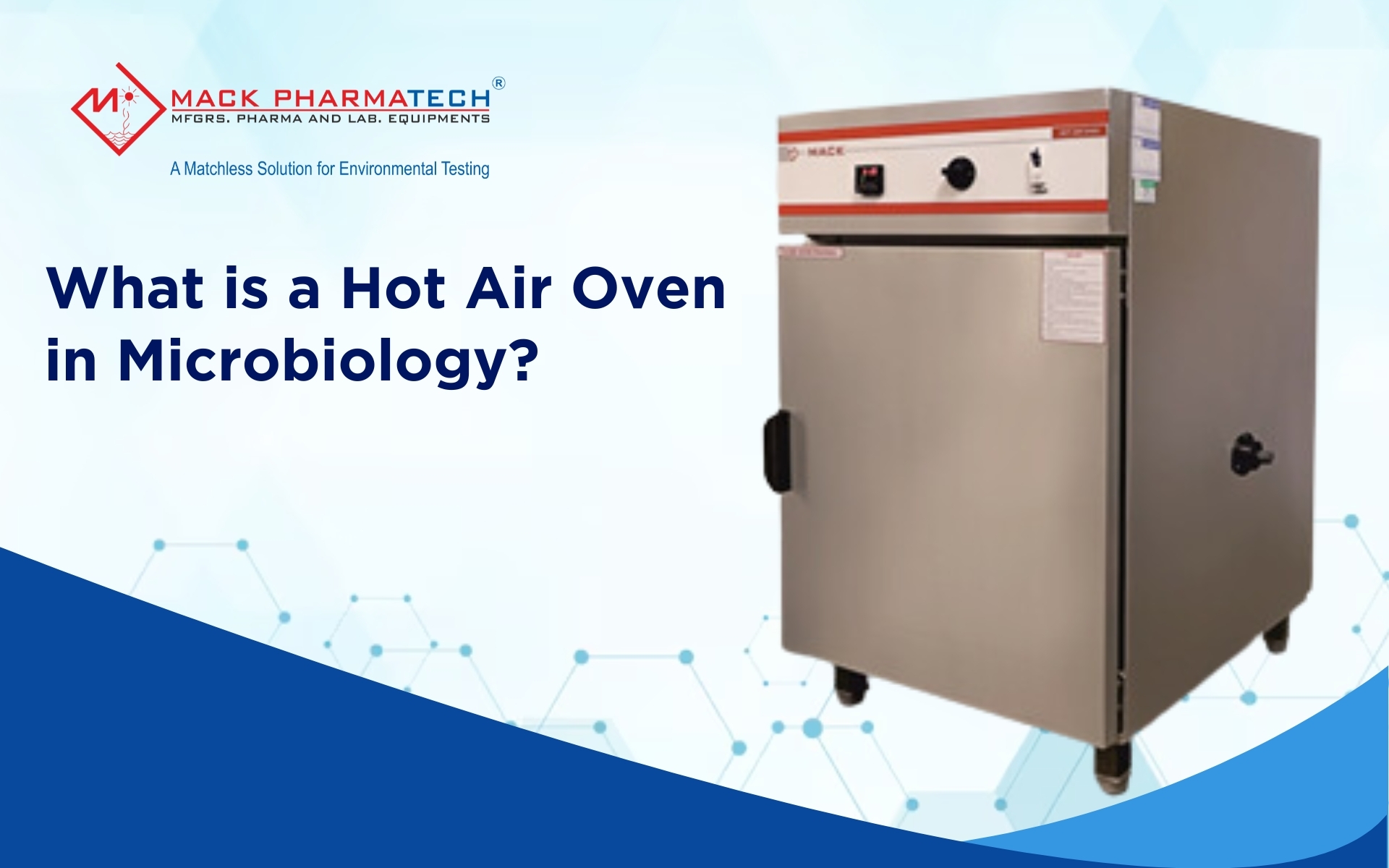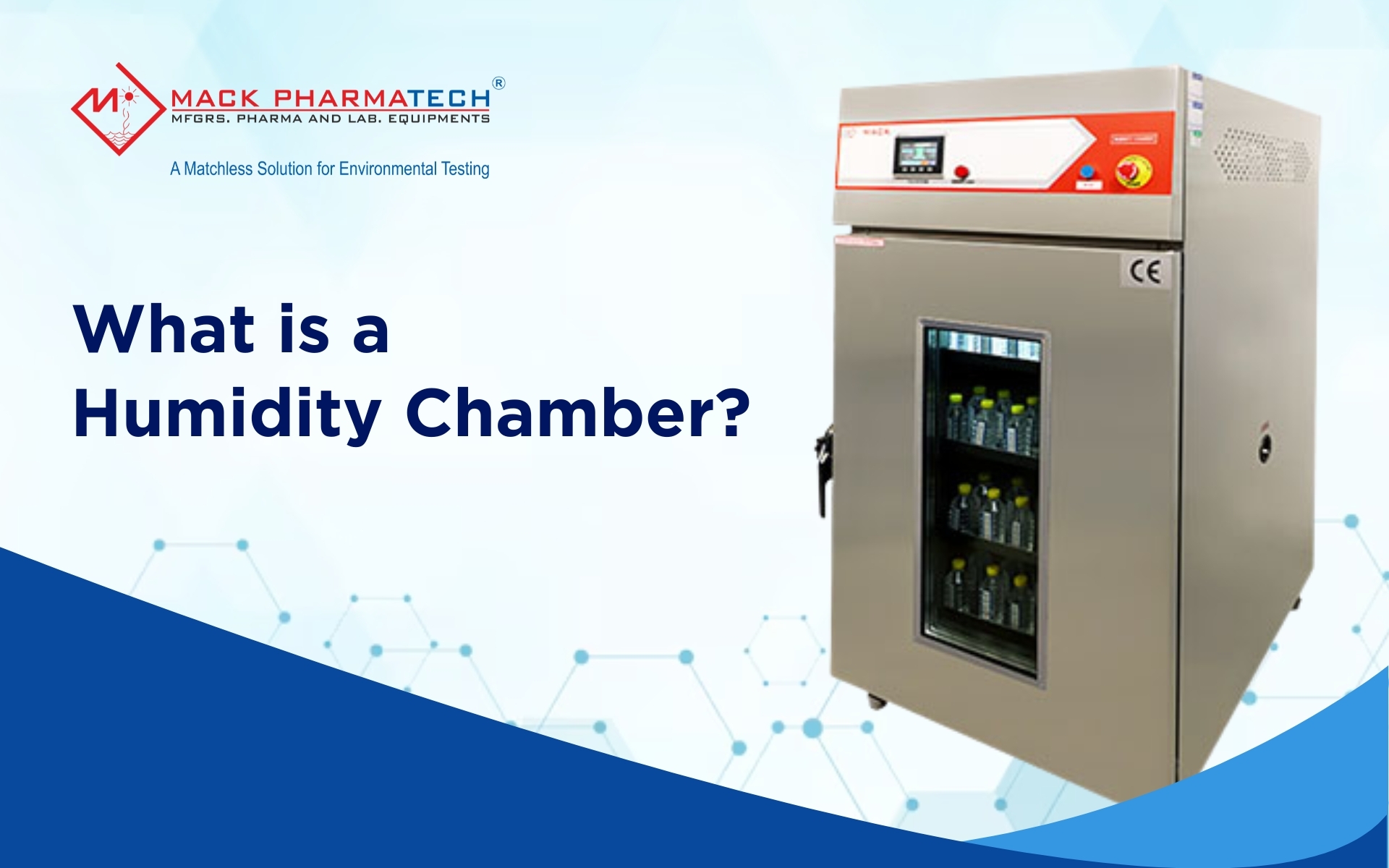A hot air oven is a specialized piece of laboratory equipment designed for dry heat sterilization and drying processes. This method is particularly effective for materials that cannot withstand moisture, making hot air ovens essential in various industries, including pharmaceuticals, laboratories, and food processing.
The typical temperature range for a hot air oven is between 50°C to 300 °C (122°F to 482°F), allowing it to effectively eliminate bacteria, viruses, and other microorganisms from instruments and materials. The construction of a hot air oven usually involves a double-walled chamber made of stainless steel, which enhances durability and thermal efficiency. The space between the walls is often insulated with materials like glass wool to minimize heat loss and maintain consistent temperatures within the chamber
Hot Air Oven Principles
The operation of a hot air oven is based on the principles of convection, conduction, and radiation. Here’s how it works:
- Heating Element: The oven contains heating elements that raise the temperature of the air inside the chamber. These elements can be designed in various configurations (e.g., circular, U-shaped) to optimize heat distribution.
- Air Circulation: A fan is often included in forced-air models to circulate the heated air throughout the chamber. This circulation helps achieve uniform temperature distribution, ensuring that all surfaces of the items being sterilized are exposed to consistent heat.
- Temperature Control: By shutting the heating components on and off as necessary to maintain the specified set point, a thermostat controls the oven's temperature. This feature is crucial for ensuring effective sterilization without overheating or damaging sensitive materials
- Insulation: The double-walled design with insulation prevents heat loss, allowing the oven to reach and maintain high temperatures efficiently. This insulation also ensures safety by keeping the outer surface cooler than the internal chamber.
Hot Air Oven Sterilization Process
The sterilization process typically involves several steps:
- Preparation: Items to be sterilized are placed on stainless steel trays within the oven. It's essential that these materials are heat-resistant and do not deform under high temperatures
- Heating Phase: Once the door is closed and secured, the heating elements activate, raising the temperature inside the chamber. fan circulates hot air to ensure even heating when the temperature increases
- Sterilization Duration: The items remain in the oven for a predetermined period, usually ranging from 1 to several hours, depending on the material and required sterilization standards. During this time, heat penetrates through the surfaces into the core of each item, effectively killing microorganisms.
- Cooling Phase: After reaching the set time and temperature, an alarm may signal that sterilization is complete. The oven is then turned off, and items are allowed to cool down before removal safety precautions should be taken as items will be extremely hot
Hot Air Oven Specifications
-
Double-Walled Insulation: The design typically includes a double-walled structure with insulation material, such as glass wool, which minimizes heat loss and maintains a stable internal temperature.
-
Air Circulation: Equipped with fans, hot air ovens ensure uniform distribution of heat throughout the chamber, enhancing the efficiency of the sterilization process.
-
Digital Controls: Many modern ovens come with digital panels that allow precise temperature control and monitoring.
Applications of Hot Air Ovens
Hot air ovens are widely used across various fields due to their versatility:
- Laboratories: In research settings, hot air ovens are utilized for drying samples, sterilizing equipment, and preparing materials for experiments.
- Industrial Uses: Industries employ hot air ovens for curing paints and coatings, drying adhesives or varnishes, and conducting heat treatments on various products
Benefits of Using Hot Air Ovens
Hot air ovens offer several advantages:
- Efficiency: They can handle large volumes of items simultaneously, making them ideal for high-throughput environments like hospitals or manufacturing facilities.
- Safety: Dry heat sterilization reduces risks associated with moisture-related corrosion or rusting of instruments
- Cost-Effectiveness: Operating costs are generally low due to their energy-efficient design and minimal maintenance requirements compared to other sterilization methods like autoclaving
Maintenance Best Practices
To ensure optimal performance and longevity of hot air ovens, regular maintenance is essential:
-
Cleaning: Regularly clean the interior chamber and trays to prevent contamination from residues left by previous materials.
-
Inspection: Conduct routine checks on heating elements, fans, and thermostats for signs of wear or malfunction.
-
Calibration: Periodically calibrate the thermostat to ensure accurate temperature readings and control.
-
Troubleshooting: Address issues such as uneven heating or temperature fluctuations promptly to maintain efficiency
Safety Precautions When Using a Hot Air Oven
General Safety Guidelines
-
Always follow manufacturer instructions.
-
Ensure proper ventilation in the workspace.
Handling Hot Materials
-
Use heat-resistant gloves when removing items.
Emergency Procedures
-
Know how to respond to overheating or electrical issues.
Innovations in Hot Air Oven Technology
Smart Features
Modern hot air ovens may come equipped with smart technology that allows remote monitoring, automated settings, and alerts for maintenance needs.
Energy Efficiency Improvements
Newer models are designed to consume less energy while maintaining performance, contributing to sustainability efforts in laboratories and industries.
Hot air ovens play a vital role in many industries by providing reliable dry heat sterilisation methods for maintaining hygiene standards. Their ability to maintain stable temperatures while efficiently circulating heated air makes them indispensable tools in medical facilities, laboratories, and manufacturing environments. Understanding their operation principles and maintenance needs can enhance their effectiveness and extend their service life.
As technology advances, innovations in design and functionality may further improve hot air ovens' efficiency and usability in diverse applications. Whether in a laboratory setting or an industrial environment, mastering the use of hot air ovens ensures that equipment remains sterile and safe for use in critical processes.
Choosing the right hot air oven is crucial for achieving optimal results in sterilization and drying processes. Mack Pharmatech is the Leading hot air oven manufacturer in India and provides a range of options tailored to meet diverse industry needs. If you invest in a reputable brand, you can ensure reliability, efficiency, and longevity in your hot-air oven operations. Always consider your specific requirements and consult with manufacturers to find the best solution for your laboratory or industrial applications.




